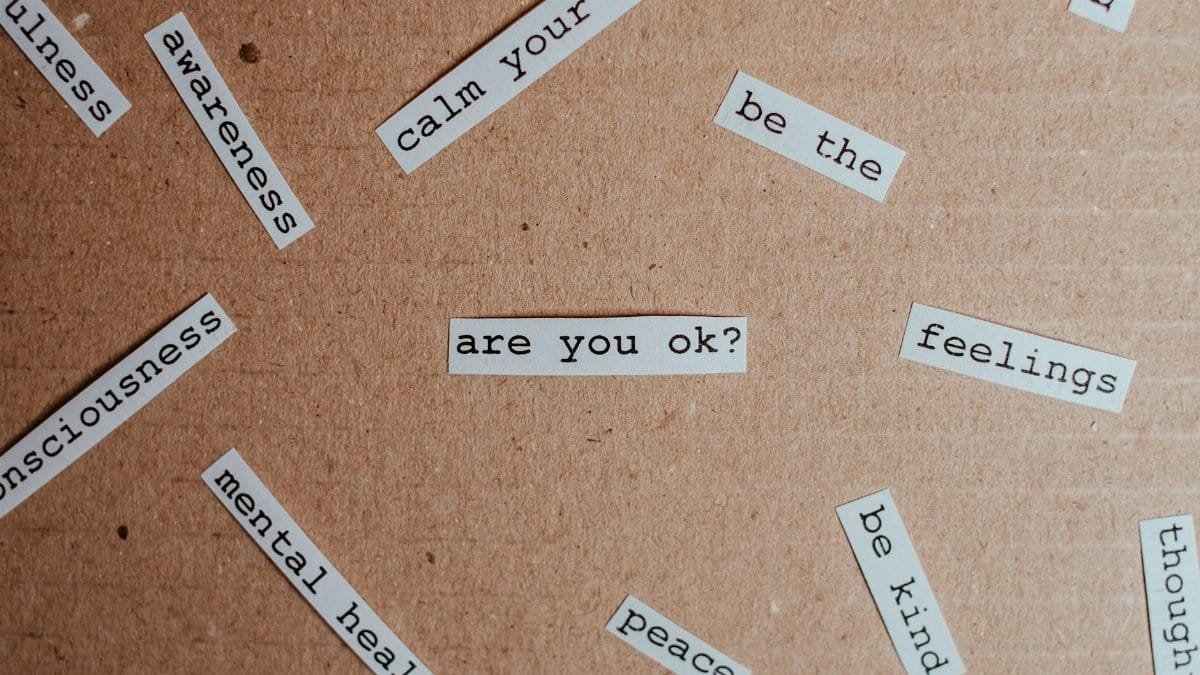Is mind-body healing the secret to unlocking deeper wellness? This growing practice, which connects physical touch with emotional recovery, is gaining traction across the U.S. in 2025. From therapeutic massage to energy work, people are turning to these methods when traditional talk therapy falls short. Simply put, mind-body healing bridges the gap between body and emotions, offering relief where words can’t reach. As stress and trauma continue to impact millions, this approach is becoming a vital tool for holistic health.
What Is Mind-Body Healing?

Mind-body healing refers to practices that integrate physical touch or somatic techniques with mental and emotional well-being. Think therapeutic touch, acupuncture, or trauma-informed bodywork. The idea is that the body holds stress and unresolved emotions, and targeted physical interventions can release them. Research from institutions like the National Institutes of Health shows promise in these methods for reducing anxiety and chronic pain. For more on the science, check out NIH’s Mind and Body Practices.
Why Touch Matters

Human touch has a profound effect on the nervous system. Studies indicate that physical contact, like a reassuring hand or a skilled massage, can lower cortisol levels and boost oxytocin, the “feel-good” hormone. This isn’t just comfort—it’s chemistry. For those who struggle to express pain verbally, touch-based therapies in mind-body healing offer a direct path to relief, bypassing the need for words.
Healing Trauma Through the Body

Trauma often lingers in the body as tension or pain, even when the mind tries to move on. Techniques like somatic experiencing or craniosacral therapy help release these stored memories. Therapists report patients feeling lighter after sessions, as if a physical burden has lifted. This approach is especially impactful for veterans or survivors of abuse, where verbal processing can feel overwhelming.
Everyday Stress and Physical Release

Not just for deep trauma, mind-body healing also tackles daily stress. A 2025 survey by the American Psychological Association found that over 60% of adults report physical symptoms from stress, like headaches or fatigue. Body-centered practices, such as guided touch or yoga therapy, are helping people manage these effects without relying solely on medication or talk-based solutions. Learn more at APA’s Stress in America Reports.
Who Can Benefit?

Almost anyone can gain from mind-body healing, from overworked professionals to those with chronic conditions. It’s particularly useful for people who feel disconnected from their emotions or stuck in mental loops. Therapists note that children and teens, often less articulate about feelings, respond well to touch-based interventions, finding calm in ways they can’t through conversation alone.
Getting Started Safely

Interested in trying it? Start by finding a licensed practitioner—look for credentials in massage therapy, somatic work, or energy healing. Ensure they’re trauma-informed, especially if you’re addressing deep emotional wounds. Sessions can range from $50 to $150, depending on location and expertise. Always communicate boundaries; trust and comfort are key to effective healing through touch.
Limitations to Consider

While powerful, mind-body healing isn’t a cure-all. It may not replace medical treatment for severe mental health conditions or physical injuries. Some skeptics argue the evidence is still emerging, and results vary by individual. Pairing these practices with conventional care often yields the best outcomes, ensuring a balanced approach to wellness.
